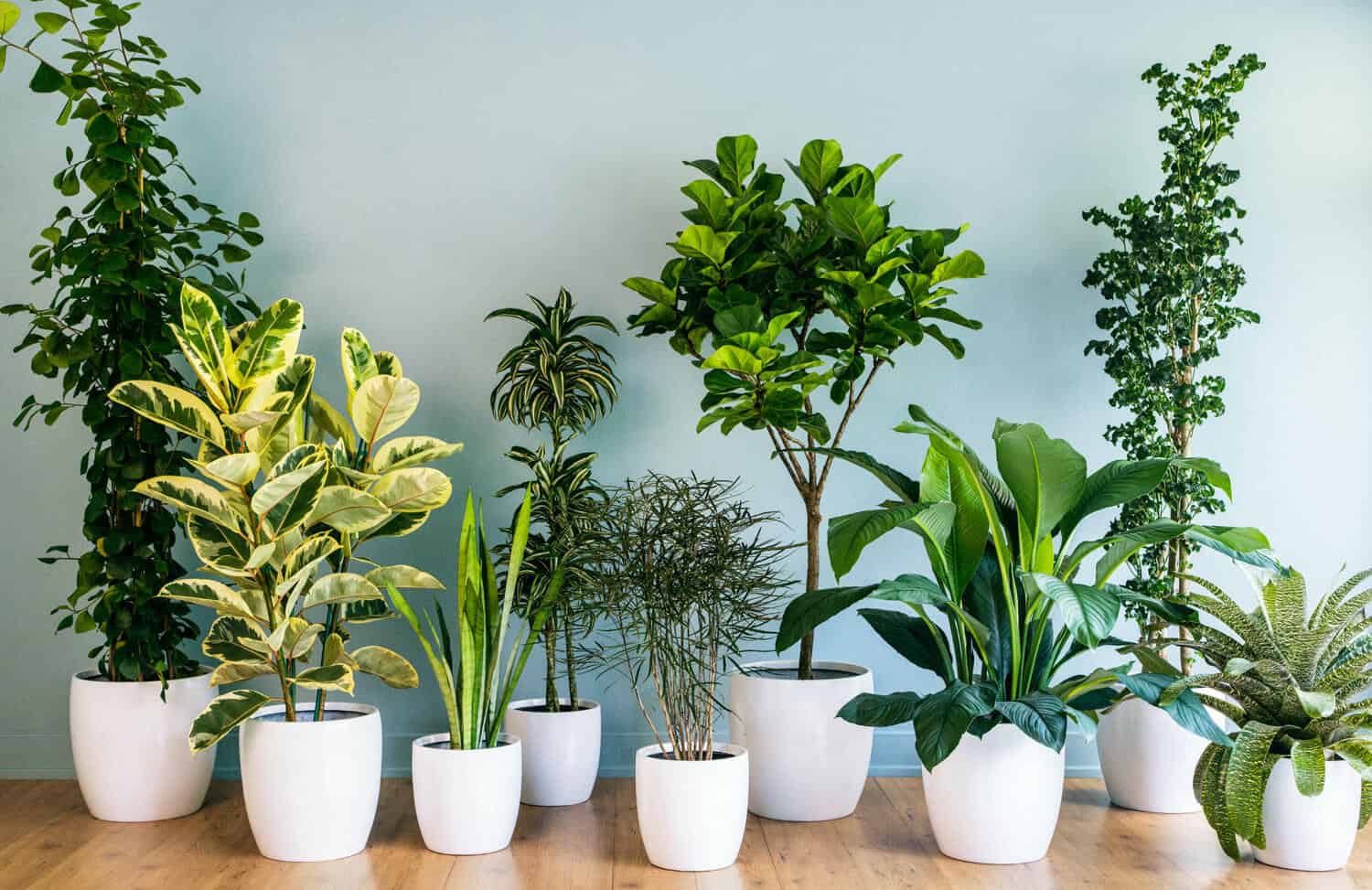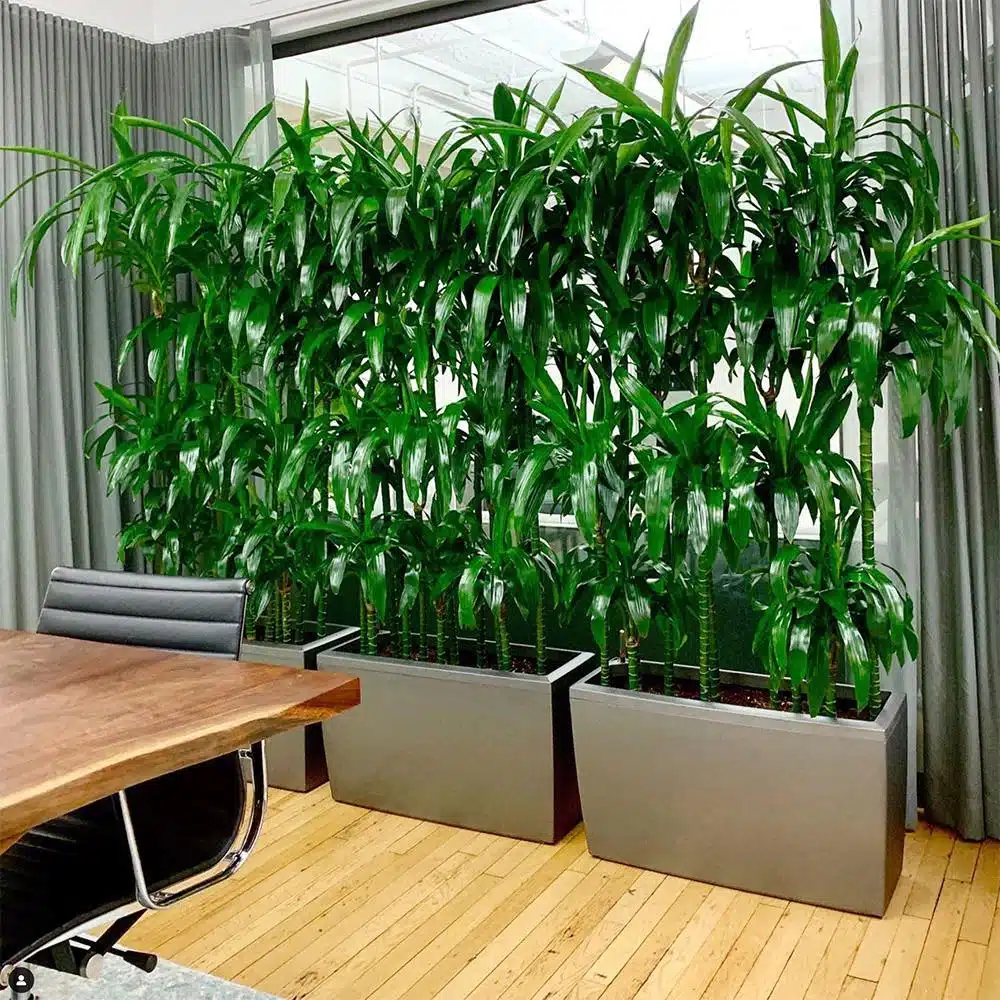Top Picks for the Best Low-Light Indoor Plants to Brighten Your Room
Top Picks for the Best Low-Light Indoor Plants to Brighten Your Room
Blog Article
Transform Your Home With Beautiful Low-Light Indoor Plants and Their Advantages
Integrating low-light indoor plants right into your home can dramatically enhance both the environmental and visual quality of your space. These plants, which flourish in dark problems, offer not just as decorative elements however also as natural air purifiers, making them excellent for urban residents or those with restricted sunshine direct exposure. As we check out the various types of low-light plants and their benefits, you may locate surprising means to incorporate them right into your home that can change your environments in ways you might not have actually prepared for.
Advantages of Low-Light Plants
Low-light plants provide numerous benefits for indoor environments, making them an excellent option for both novice and knowledgeable garden enthusiasts. One of the main benefits is their flexibility to low-light problems, enabling individuals to enhance their home without the demand for considerable sunshine exposure. This particular makes them optimal for apartments, workplaces, and various other areas with limited all-natural light.

Furthermore, integrating low-light plants right into home design can raise the visual allure of a room. Their rich vegetation and varied structures develop a calming ambience, adding to total well-being. The visibility of plant has actually been connected to decreased stress and anxiety levels and boosted performance, making low-light plants a useful selection for enhancing both psychological and physical wellness in interior setups.
Leading Low-Light Indoor Plants
While several indoor plants thrive in brilliant light, a number of types are especially appropriate for low-light problems, making them perfect for various interior spaces. One popular option is the Serpent Plant (Sansevieria), understood for its striking upright fallen leaves and resilience, calling for marginal care. An additional superb choice is the Pothos (Epipremnum aureum), which includes heart-shaped leaves and can track wonderfully from hangers or shelves, flourishing in low light and adding a lush touch.
The ZZ Plant (Zamioculcas zamiifolia) is celebrated for its shiny fallen leaves and capability to stand up to forget, making it perfect for busy lifestyles. Similarly, the Peace Lily (Spathiphyllum) not just tolerates low light yet also produces sensational white blooms, enhancing any type of room's visual.
For an one-of-a-kind touch, consider the Cast Iron Plant (Aspidistra elatior), which undoubtedly lives up to its name, growing in the darkest corners of your home. Finally, the Chinese Evergreen (Aglaonema) uses a range of fallen leave patterns and shades while being incredibly flexible in low-light conditions. These plants not only enhance interior settings however likewise contribute to air filtration, boosting your home.
Treatment Tips for Low-Light Plants
:max_bytes(150000):strip_icc()/low-light-conditions-houseplants-1902917-834ee8847a324939b796845a6bc22d36.png)
Watering methods are crucial; these plants often like slightly completely dry conditions. Overwatering can result in root rot, so make sure that the top inch of dirt is dry before watering once again. Use pots with drain openings to permit excess moisture to get away.
Moisture is another important factor. Many low-light plants, such as ferns and tranquility lilies, take advantage of greater moisture degrees. To boost humidity, take into consideration misting the fallen leaves or positioning a tray of water near the plants.
Fertilization needs to be come close to with care. Throughout the expanding season, use a diluted, well balanced liquid fertilizer monthly to sustain growth, however avoid fertilizing throughout the dormant look at these guys cold weather.

Creative Ways to Present Plants
Indoor plants can function as exciting focal points in any space, boosting both aesthetic appeal click now and atmosphere. Innovative displays can raise the visual influence of low-light plants, making them an integral part of your home design. One efficient approach is to utilize tiered plant stands, which enable you to display several plants at differing heights while making best use of floor room.
Hanging planters are an additional innovative alternative, developing a sense of depth and drawing the eye up. Take into consideration macramé wall mounts or wall-mounted racks to introduce an unique appearance and style.
For an extra organized strategy, use geometric terrariums or glass containers to house your plants, adding a contemporary touch to your indoor garden. You can likewise repurpose vintage items, such as teacups or wood cages, for a diverse display that reflects your character.
Enhancing Home Atmosphere With Plants
Incorporating low-light plants into your home not just improves aesthetic charm however additionally adds considerably to the overall atmosphere. These plants work as all-natural decor aspects, introducing a feeling of tranquility that can change any kind of area. The visibility of plant fosters a calming ambience, which is particularly useful in high-stress atmospheres such as office or living spaces.
Low-light plants, such as snake plants, pothos, and ZZ plants, are not just cosmetically pleasing yet also enhance interior air top quality by filtering system toxins. This dual function improves the setting even more, producing a healthier home (Best low-light indoor plants). The tactical positioning of these plants can also influence the understanding of room; for circumstances, high plants can draw the eye upward, making ceilings show up greater and rooms a lot more roomy
Additionally, varying appearances and colors of vegetation add deepness to interior decoration, enabling creative expression in home designing. Whether positioned on shelves, in corners, or as centerpieces, low-light plants can raise the state of mind of any more information kind of area. In recap, integrating these plants right into your home is an effective way to foster a cozy, inviting environment while profiting of improved air high quality and visual adaptability.
Verdict
Integrating low-light interior plants right into home environments supplies various advantages, including improved aesthetic appeal and boosted air high quality. These resistant plants, such as the Snake Plant and Tranquility Lily, require marginal light and maintenance, making them appropriate for diverse way of livings. Their ability to filter contaminants adds to a healthier space, while their varied appearances and shades improve indoor decor (Best low-light indoor plants). Ultimately, the addition of low-light plants promotes a calm and inviting ambiance, transforming any kind of home right into a tranquil sanctuary.
While several interior plants grow in intense light, numerous species are especially well-suited for low-light conditions, making them optimal for numerous interior rooms. One reliable approach is to utilize tiered plant stands, which permit you to showcase multiple plants at differing elevations while optimizing floor area.
Low-light plants, such as serpent plants, pothos, and ZZ plants, are not only visually pleasing yet likewise improve interior air quality by filtering toxins. Best low-light indoor plants. The calculated placement of these plants can also influence the perception of room; for circumstances, high plants can draw the eye up, making ceilings appear higher and rooms much more sizable
These resistant plants, such as the Snake Plant and Tranquility Lily, require very little light and maintenance, making them appropriate for diverse lifestyles.
Report this page